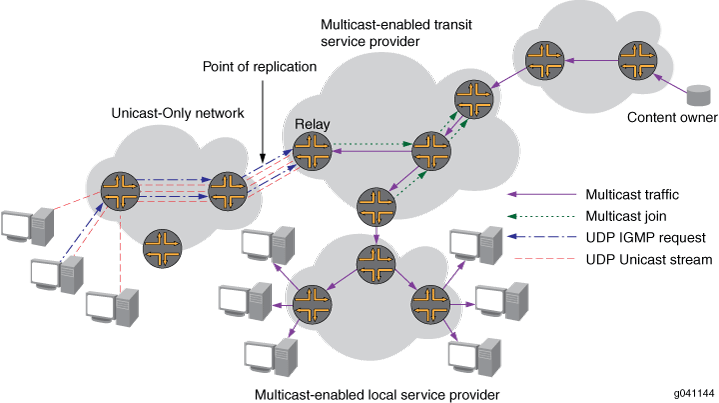

If no membership report has been received, this object has the value 0.0.0.0. The IP address of the source of the last membership report received for this IP multicast group address on this interface.

The time since this source group entry got created The IP multicast group address for which this entry contains information The policy that is to be applied on the interface The number of multicast groups that have been learned by the router on the interface If the cfg value is 3 but all of the routers in the local subnet of this interface use IGMPv1 or IGMPv2, the operational version will be v1 or v2 (as appropriate). Opr - the operational version of IGMP running on this interface. For IGMP to function correctly, all routers on a LAN must be configured to run the same version of IGMP on that LAN. If the querier is the local interface address, the value will be zero.Ĭfg - the configured version of IGMP running on this interface. The time remaining before the querier ages out. The time since the querier was last elected as querier The current operational state of the IGMP protocol on the interface The address of the IGMP querier on the IP subnet to which the interface is attached The administrative state for the IGMP protocol on this interface The interface that participates in the IGMP protocol

If PIM is not required on a specific interface, then a config>router>pim>if>shutdown command should be executed. If a manually created or modified PIM interface is deleted, the interface will be recreated when (re)processing the apply-to command. Subsequently, if the apply-to command is changed back to none, then all PIM interfaces that were not manually created or modified are removed. If the apply-to setting is changed to ies, then the two manually created PIM interfaces remain unchanged but any newly created or modified IES interfaces will automatically create a corresponding PIM interface with default PIM values. Then, all subsequent commands either create new structures (in the case of IP or IES interface commands) or modify the default values created by the apply-to command (in the case of PIM interface commands).įor example, assume that the apply-to setting is none and that two manually created PIM interfaces already exist. The default option for the apply-to command is none, so to activate its automatic behavior it must first be saved in the PIM configuration structure. Existing manually created or modified PIM interfaces are not affected. The none option removes any automatically created PIM interfaces that have not been modified manually in the PIM context. The ies, non-ies, and all options create a PIM interface with default PIM parameters when a new IP or IES interface is created manually. This command automatically creates or removes PIM interfaces.


 0 kommentar(er)
0 kommentar(er)
